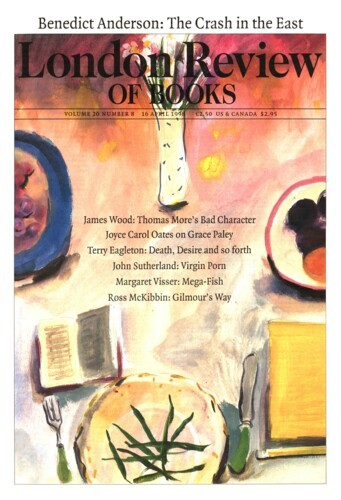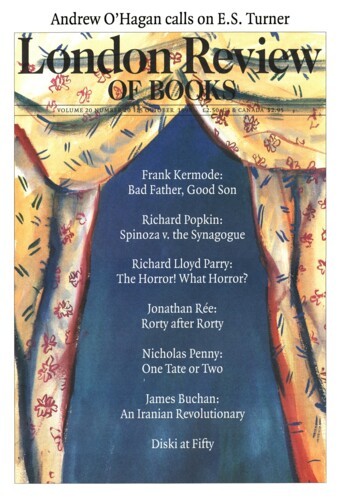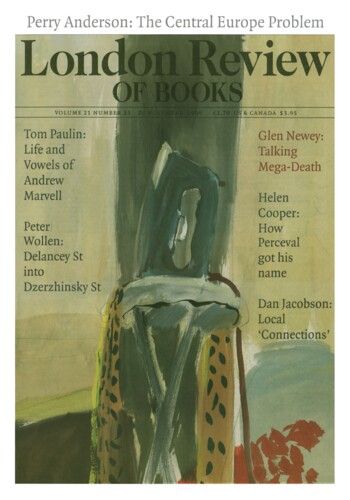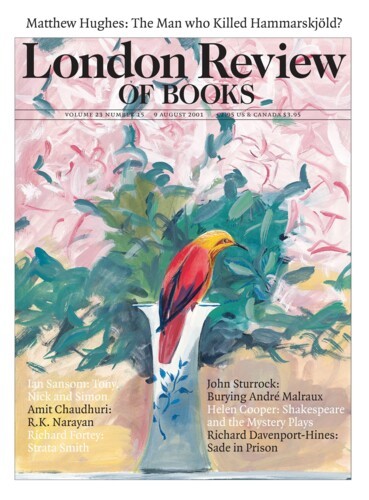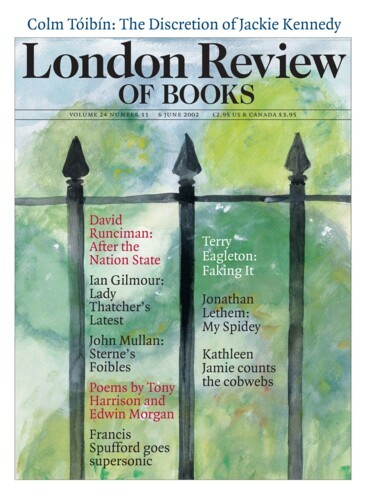Through the Gullet: Medieval recipes
Helen Cooper, 16 April 1998
During the Christmas celebrations of 1251, Henry III and his court ate their way through 830 deer of various kinds, 200 wild swine, 1300 hares and 115 cranes. Basic supplies for the feast to mark the installation of George Neville as Archbishop of York in 1467 began with 104 oxen, 1000 sheep, 10,000 capons and six wild bulls, washed down with a hundred barrels of wine. These occasions were meant to demonstrate munificence such as humbler kitchens could not imitate; but humbler kitchens did their best. The Parisian householder who set down a series of sample menus for the instruction of his wife in the 1390s suggests as a ‘dinner for a meat day’ 31 dishes divided into six courses, among them veal pasties, black puddings, hare casseroled with nutmeg, cloves, ginger, cardamom and cinnamon, roast rabbits, capons, partridges and carp, eels served inside-out, savoury rice, lark pasties and flans of chopped meat or fish well sprinkled with sugar. The final course consisted of fruit, sweets, nuts and spiced wine. Menus for suppers follow.‘
